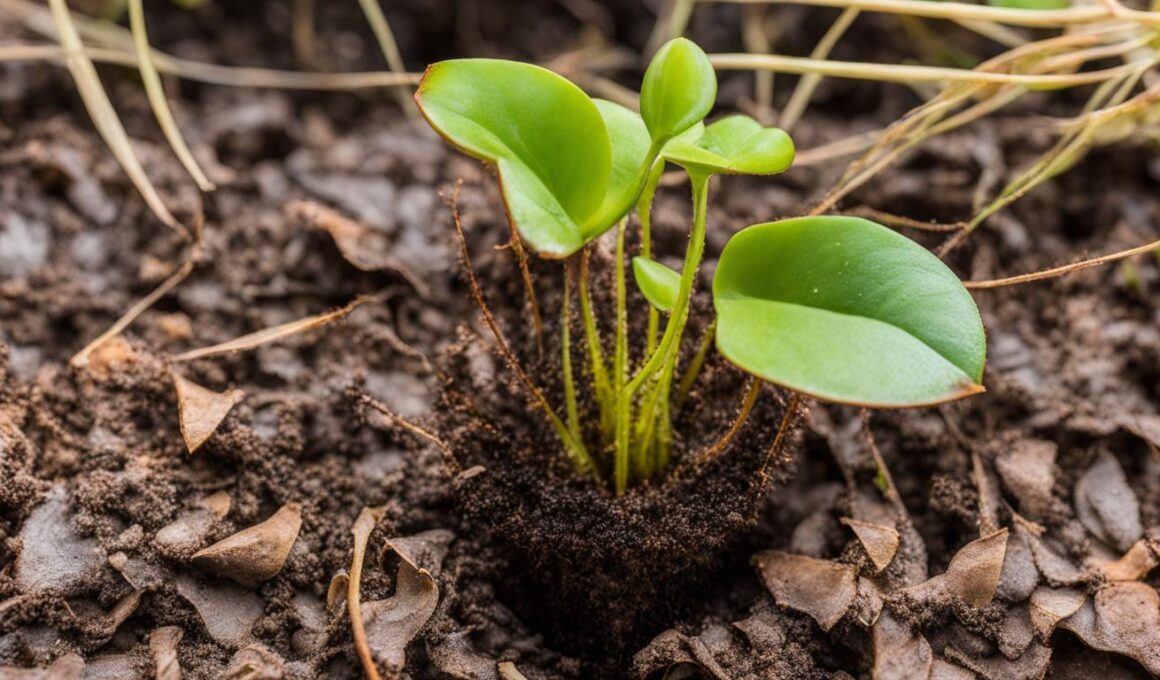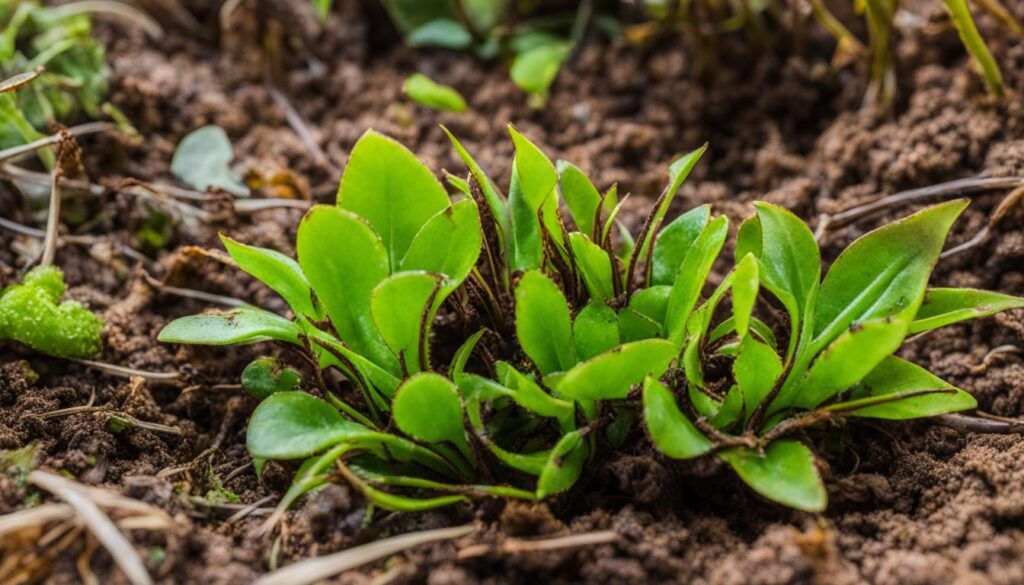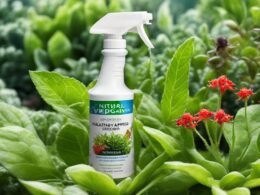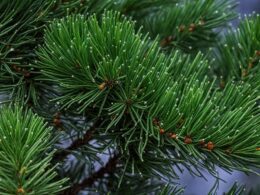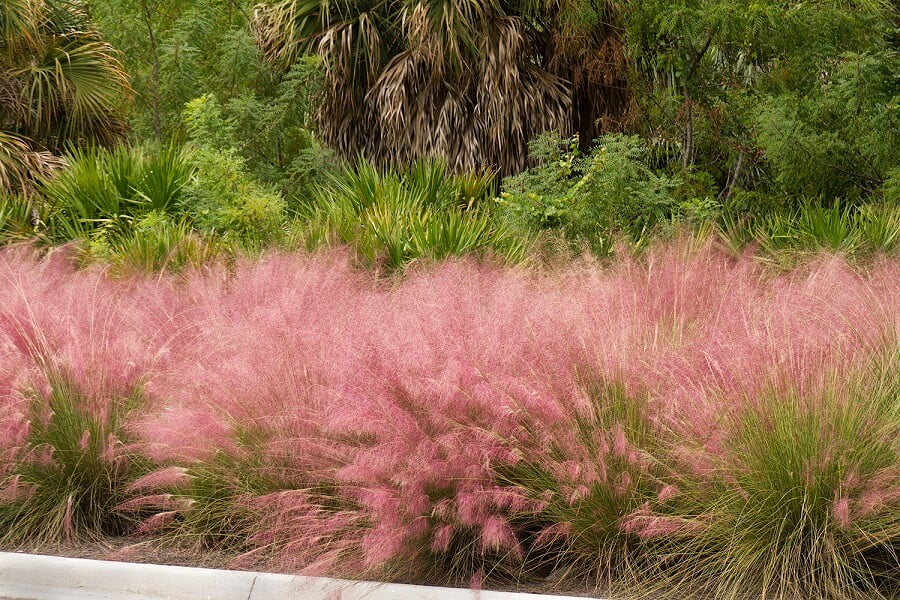If you have an unhealthy Venus fly trap, don’t worry! With proper care, you can revive your plant and restore its vibrant traps and overall health. In this article, we will provide you with expert care tips to help you bring your Venus fly trap back to life.
Is your once-thriving Venus fly trap looking a little worse for wear? Maybe the traps have turned brown, or the foliage appears withered. These signs of distress can be disheartening for any plant lover. However, by following the right techniques and providing your Venus fly trap with the care it needs, you can nurse it back to health.
In the next sections, we will delve into the specific needs of a Venus fly trap and explore how you can effectively revive your unhealthy plant. From understanding the proper light, soil, and watering requirements to managing pests and considering propagation methods, we’ve got you covered.
Keeping your Venus fly trap healthy not only ensures its survival but also provides you with a fascinating and unique addition to your plant collection. So, let’s dive in and discover how you can revive your unhealthy Venus fly trap and enjoy its vibrant traps once again!
Understanding the Needs of Your Venus Fly Trap
To ensure the health and vitality of your Venus fly trap, it’s crucial to understand its specific needs. Meeting these requirements will help your plant thrive and catch insects effectively. Here are the key factors to consider:
Light:
Venus fly traps require bright sunlight to fuel their growth and trap production. It’s recommended to provide them with at least six hours of direct sunlight each day. Placing your plant near a south-facing window or using artificial grow lights can help meet this requirement.
Soil:
Your Venus fly trap needs well-draining acidic soil to replicate its natural habitat. A soil mix consisting of one-third perlite and two-thirds sphagnum peat moss is ideal. This combination ensures adequate drainage while retaining the moisture necessary for your plant’s survival.
Water:
Constant moisture is crucial for the Venus fly trap. Water your plant regularly to keep the soil consistently moist. Avoid using tap water due to its high mineral content, which can harm sensitive roots. Instead, opt for tray watering using rainwater or distilled water.
Temperature:
Venus fly traps thrive in temperatures between 70°F-95°F (21°C-35°C). Protect your plant from extreme temperature fluctuations and avoid exposing it to frost or excessive heat. Consistent temperature conditions will promote healthy growth.
Humidity:
High humidity levels are essential for Venus fly traps to mimic their native environment. Consider using a humidifier or placing your plant on a tray filled with water and pebbles to increase humidity levels. Ensure that the tray water doesn’t touch the pot’s bottom to avoid overwatering.
Nutrients:
Venus fly traps obtain their nutrients from the insects they catch and consume. Avoid feeding them directly or using fertilizers, as this may harm the plant. Allow your Venus fly trap to capture its own food, as it is a natural and effective source of nourishment.
Understanding and fulfilling the needs of your Venus fly trap will enhance its overall health and growth. By providing the right conditions regarding light, soil, water, temperature, humidity, and nutrients, you can enjoy a thriving and fascinating carnivorous plant in your home.
Reviving Your Unhealthy Venus Fly Trap
To revive your unhealthy Venus fly trap, there are several steps you can take:
- Assess the plant’s current condition: Start by examining your Venus fly trap and identifying any dead or dying leaves and traps. These should be removed to promote new growth and prevent further decline.
- Consider transplantation: If your Venus fly trap is in a small pot and outgrowing its current space, it may benefit from being transplanted into a larger pot. Choose a pot with good drainage and prepare a soil mix consisting of one-third perlite and two-thirds sphagnum peat moss. Transplant the plant carefully, ensuring the roots are covered but not buried too deeply.
- Ensure adequate moisture: Venus fly traps thrive in constantly moist soil. Be sure to water your plant regularly, using distilled water or rainwater to avoid chemicals found in tap water. Monitor the moisture level, avoiding both overwatering and allowing the soil to dry out completely.
- Provide adequate light and humidity: Place your Venus fly trap in a bright location where it can receive at least six hours of direct sunlight each day. Additionally, these plants require high humidity levels to thrive. Consider using a humidity tray or placing the pot on a tray filled with water and pebbles to create a humid microclimate for your plant.
- Monitor and treat pests: Keep a close eye on your Venus fly trap for any signs of pests such as aphids or fungus gnats. If you notice any, take appropriate measures to eliminate them. This can include using natural insecticides or physically removing the pests.
- Propagation: If your Venus fly trap is beyond revival, you can propagate new plants through division or leaf cuttings. Divide the plant carefully, ensuring each section has viable roots, or take a healthy leaf and plant it in a suitable growing medium. With time, new plants will sprout and continue the legacy of your Venus fly trap.
By following these care tips, you can revive your unhealthy Venus fly trap and bring it back to its vibrant and healthy state. Remember to monitor its progress and adjust care accordingly. With patience and proper care, your Venus fly trap will thrive once again.
Conclusion
With the right care and attention, you can revive your unhealthy Venus fly trap and bring it back to optimal health. Providing your plant with the proper light, soil, water, temperature, and humidity conditions is crucial. Remember to trim any dead or dying leaves to promote new growth and monitor for pests that could harm your plant. If necessary, propagate your Venus fly trap through division or leaf cuttings to ensure its continued vitality.
By following these care tips, you can help your Venus fly trap regain its vibrant traps and thrive once again. Be patient and consistent in your care routine, and you’ll see the health and vitality of your plant improve over time. Your dedication and efforts in reviving your Venus fly trap will be rewarded with a flourishing and captivating plant. Start implementing these tips today to revive your unhealthy Venus fly trap and enjoy its vibrant beauty.
Remember, each Venus fly trap is unique, so it’s essential to observe and understand the specific needs of your plant. With proper care, your Venus fly trap will become a fascinating and captivating addition to your indoor or outdoor garden. Trust in the process and watch as your revived Venus fly trap flourishes with vibrant traps and excellent health.
Can Vinegar Harm My Venus Fly Trap If It Comes into Contact with Wasps?
Yes, vinegar for wasp control can harm your Venus Fly Trap if it comes into contact with wasps. The acidic nature of vinegar can damage the sensitive leaves of the plant. It’s best to keep them separate to avoid any harm to your Venus Fly Trap.





